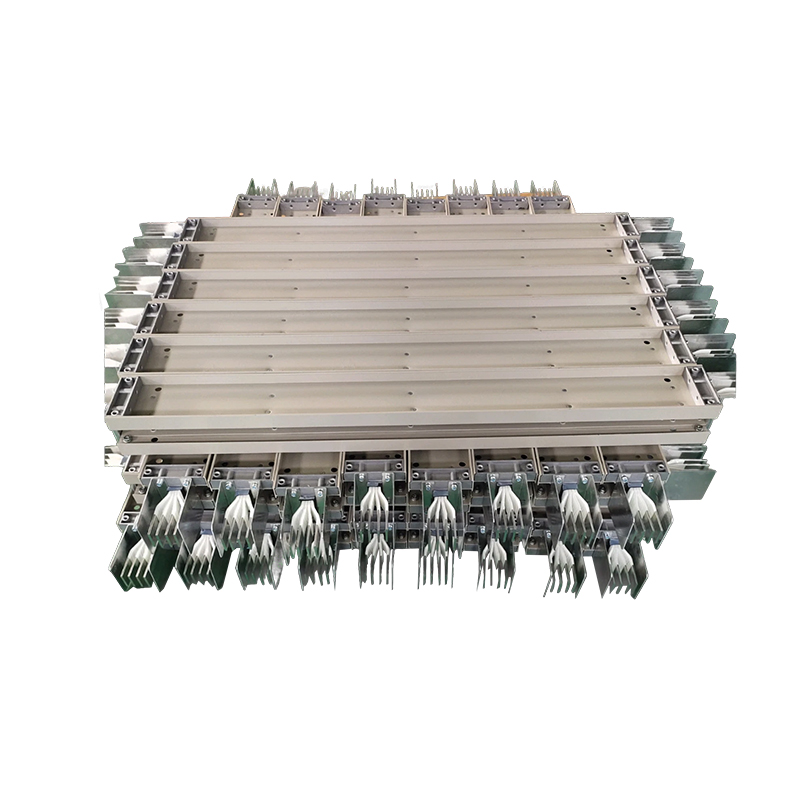News
-

How does high-purity copper ensure excellent thermal conductivity, corrosion resistance, and long-term service stability in a 90° L-type connector?
In fluid transport, refrigeration cycles, or hydraulic systems, a seemingly tiny 90° L-type connector often plays a crucial role in changing flow direction and connecting pipelines to sealing media.
Learn More2025-12-16 -

What are the key structural differences between dense bus ducts and air-type bus ducts?
With its high current carrying capacity, low loss, and compact design, dense bus duct has become the preferred choice for high-power transmission scenarios such as industrial plants, data centers, and commercial complexes.
Learn More2025-12-11 -

Will the galvanized layer of a hot-dip galvanized bridge peel off after long-term use?
Regular inspections can promptly detect signs of plating damage or corrosion. Minor damage can be repaired with zinc-rich coatings to restore its protective properties.
Learn More2025-12-02 -

How does dense bus duct achieve a perfect balance between high current carrying capacity and small size?
In modern building and industrial power distribution systems, with the continuous increase in electrical load, traditional cables face bottlenecks such as large space occupation, poor heat dissipation, numerous joints, and high losses in high-current tran
Learn More2025-11-27 -

How to prevent insulation degradation in dense bus ducts in humid environments?
If the dense bus duct has become damp, resulting in reduced insulation, it must be shut down immediately and emergency measures must be taken.
Learn More2025-11-18 -

How do hot-dip galvanized bridges support modern engineering infrastructure with long-term corrosion resistance and structural reliability?
In power, communication, building, and industrial automation systems, cable trays serve as the backbone for cable laying, and their durability and safety directly affect the stable operation of the entire electrical system.
Learn More2025-11-13

